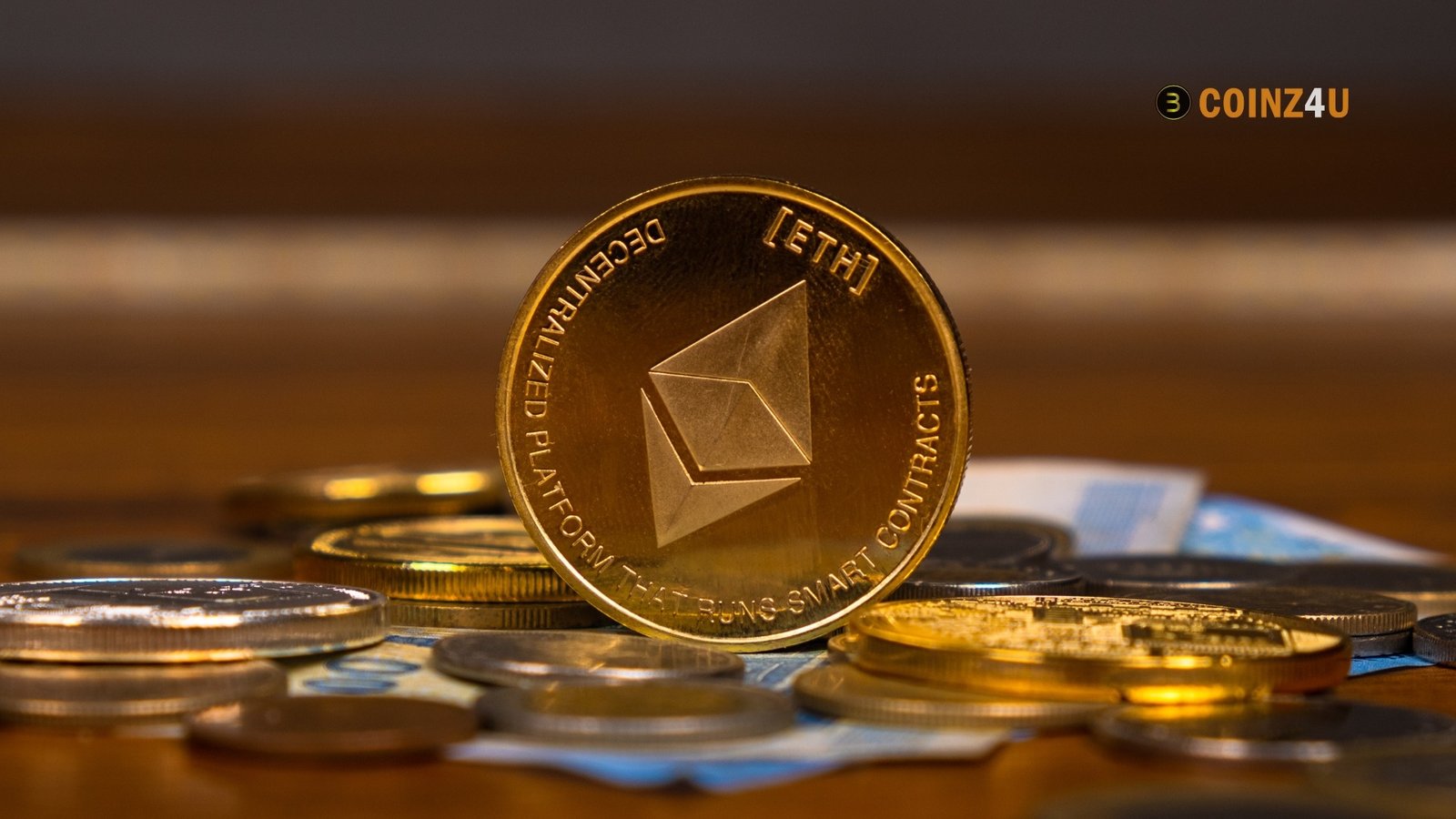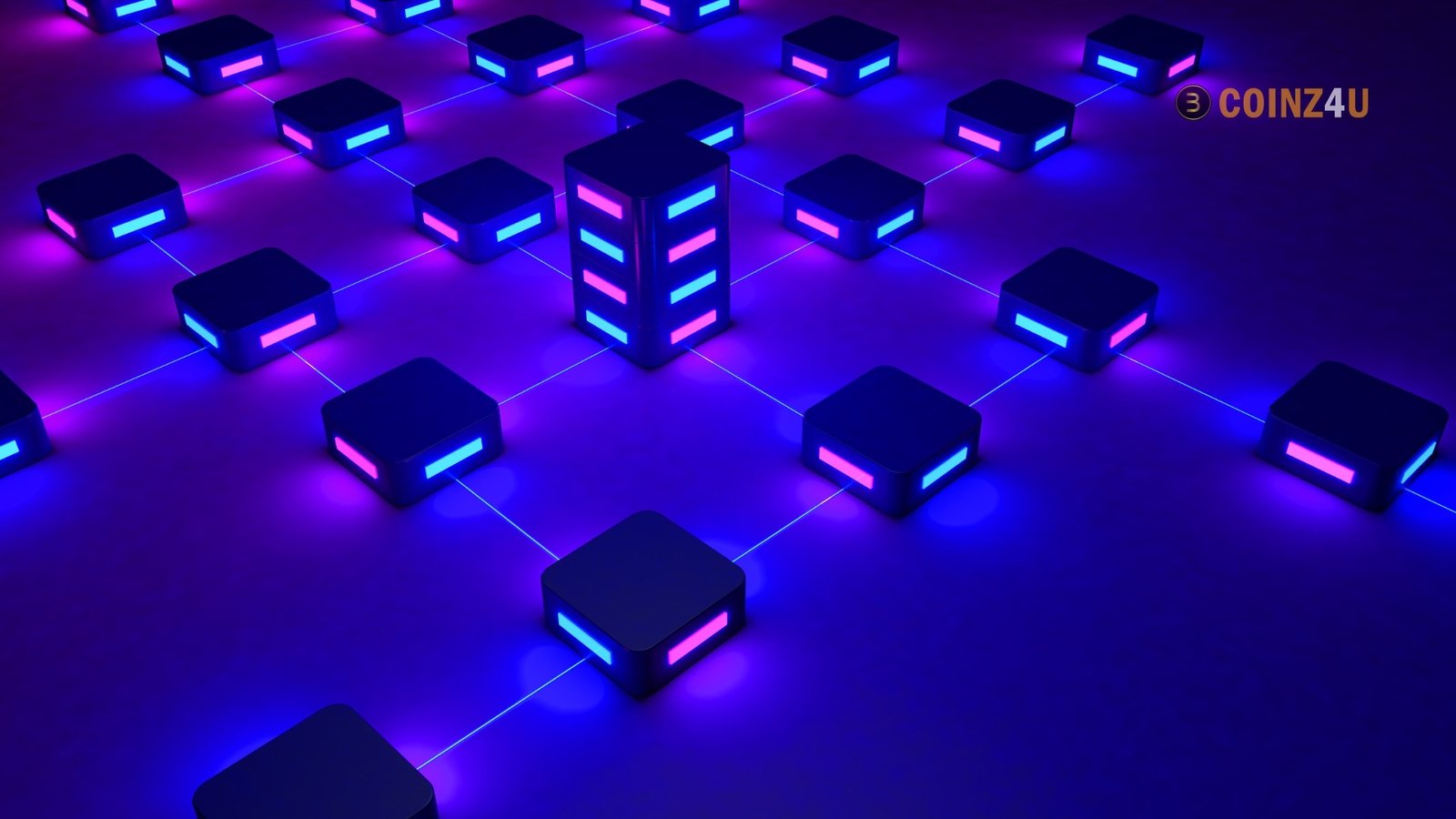In a groundbreaking announcement, Vitalik Buterin, co-founder of Ethereum, introduced an innovative concept focused on Ethereum compatibility for EVM-compatible chains. This concept aims to enhance the Ethereum ecosystem, supporting developers in creating and deploying decentralized applications (dApps) across various blockchains while ensuring interoperability and scalability. By leveraging the Ethereum Virtual Machine (EVM), Buterin’s vision promises to revolutionize how blockchain technology is approached.
Understanding Ethereum Compatibility
Ethereum compatibility refers to the ability of different blockchains to operate seamlessly with the Ethereum network. This compatibility is vital for the development and execution of smart contracts and dApps, as it allows for the sharing of resources and functionalities. EVM-compatible blockchains can utilize the same programming language, Solidity, enabling developers to deploy their applications easily. Understanding this concept becomes essential for developers and users as the demand for decentralized applications rises.
Ethereum compatibility encompasses the features and functionalities that allow various blockchains to interact with the Ethereum blockchain. EVM-compatible chains can execute Ethereum bytecode, effectively bp between different blockchain ecosystems. This compatibility fosters a multi-chain environment and enhances the overall user experience by minimizing transaction costs and increasing the efficiency of cross-chain interactions.
Importance of EVM-Compatible Blockchains
EVM-compatible blockchains play a critical role in the broader blockchain ecosystem by providing a foundation for interoperability. These chains facilitate the integration of Ethereum dApps, enabling them to function across several blockchains without compromising their core functionalities. By ensuring lower transaction fees than Ethereum and enhancing scalability, EVM-compatible blockchains like Binance Smart Chain (BSC) and Avalanche allow developers to build applications that can reach a larger audience while maintaining high performance.
Vitalik Buterin’s Vision for Compatibility
Buterin’s vision for Ethereum compatibility centers on creating a cohesive environment where different blockchains can effectively communicate and collaborate. He believes that fostering EVM compatibility will ultimately lead to a more robust decentralized finance (DeFi) landscape and enhance the overall utility of cryptocurrencies. By promoting a concept known as cross-chain interoperability, Buterin aims to empower developers to leverage the strengths of various blockchains, ensuring that the Ethereum ecosystem thrives well into 2024 and beyond.
The Role of the Ethereum Virtual Machine

Overview of the Ethereum Virtual Machine (EVM)
The Ethereum Virtual Machine (EVM) is a decentralized computing environment that enables the execution of smart contracts and dApps on the Ethereum blockchain. It operates as a runtime environment, allowing developers to deploy their applications using the programming language Solidity. The EVM processes transactions and runs the code, facilitating the interaction of various components within the Ethereum ecosystem. By executing Ethereum bytecode, the EVM plays a pivotal role in maintaining the integrity and functionality of the Ethereum network, thereby ensuring that decentralized applications can function seamlessly.
How EVM Enables Compatibility Among Blockchains
The EVM fosters blockchain compatibility by allowing EVM-compatible chains to run the same Ethereum bytecode. This capability effectively bridges various blockchain ecosystems, enabling them to communicate and share resources. By standardizing the execution environment, EVM-compatible blockchains can deploy existing Ethereum dApps and smart contracts without requiring substantial modifications. This compatibility reduces transaction costs compared to Ethereum and enhances scalability, as developers can create applications that leverage the strengths of multiple blockchains while ensuring seamless interactions across different platforms.
Scalability Challenges in EVM-Compatible Networks
Despite the advantages of EVM compatibility, scalability remains a significant challenge for EVM-compatible networks. As the demand for decentralized applications grows, these networks must manage increased transaction volumes without compromising performance. Network congestion and high transaction fees can arise, particularly during peak usage. To address these challenges, developers are exploring layer two scaling solutions that can enhance the throughput of EVM-compatible blockchains, enabling them to handle larger user bases while maintaining lower transaction costs than Ethereum.
Interoperability Among EVM-Compatible Blockchains

Defining Interoperability in the Crypto Space
Interoperability in the crypto space refers to the ability of different blockchain networks to communicate and interact seamlessly. In the context of EVM-compatible blockchains, interoperability allows for the execution of smart contracts and dApps across various platforms without the need for extensive reprogramming. This interconnectedness empowers developers to leverage the unique features of each blockchain while ensuring that users can access a broader range of services and applications. As the demand for multi-chain solutions increases, interoperability becomes a critical component for enhancing the overall utility of the blockchain ecosystem.
Examples of EVM-Compatible Blockchains
Several EVM-compatible blockchains exemplify the potential of interoperability in the crypto space. Notable examples include Binance Smart Chain (BSC), Avalanche, and Polygon. Each of these platforms supports the execution of Ethereum bytecode, enabling developers to deploy existing Ethereum dApps with minimal adjustments. These blockchains provide lower transaction fees than Ethereum, making them attractive alternatives for users and developers. Their ability to facilitate cross-chain interactions further enhances the Ethereum compatibility concept, allowing for a more integrated and efficient blockchain ecosystem.
Multi-Chain Solutions and Their Benefits
Multi-chain solutions offer numerous benefits by connecting various EVM-compatible blockchains, promoting interoperability and scalability. These solutions facilitate seamless communication between different networks, allowing for the transfer of tokens and data without intermediaries. By leveraging multi-chain technology, developers can create more versatile dApps operating across multiple platforms, reaching a larger audience. Furthermore, these solutions can help optimize transaction costs and enhance user experiences, ultimately contributing to the growth and evolution of the Ethereum ecosystem and the broader blockchain landscape.
Implications for DApp Developers
Building on EVM-Compatible Blockchains
Developers have a one-of-a-kind chance to take advantage of the Ethereum compatibility notion when they build on blockchains that are compatible with the EVM. Decentralized apps (dApps) can be deployed using the same programming language, Solidity, across several blockchains, including Binance Smart Chain and Avalanche. This adaptability encourages a larger Ethereum ecosystem by letting developers reach more people with lower transaction fees. The capacity to run Ethereum bytecode on these chains makes it easier to port over existing Ethereum decentralized applications, improving scalability and user experience.
Token Standards and Compatibility
Token standards are crucial in the Ethereum compatibility framework, as they define how tokens operate across EVM-compatible networks. Developers must adhere to established standards like ERC-20 and ERC-721 to ensure their tokens are compatible with various platforms. This compatibility allows for seamless interaction between blockchains, enhancing interoperability and facilitating the transfer of tokens between networks. As the market evolves, adhering to these standards will be vital for developers aiming to create successful apps that can thrive in the increasingly interconnected crypto landscape.
Future Trends for DApp Development in 2024
As we look toward 2024, several trends are expected to shape dApp development on EVM-compatible blockchains. The growing demand for interoperability will drive developers to create multi-chain solutions that enhance user accessibility and functionality. Additionally, advancements in layer two scaling solutions will address existing scalability challenges, allowing dApps to execute transactions more efficiently. The trend toward integrating decentralized finance (DeFi) features into dApps will further enhance their appeal as users seek platforms that offer comprehensive financial services within the Ethereum ecosystem, making compatibility an essential focus for developers moving forward.
The Future of Ethereum Compatibility
Predictions for EVM Compatibility in the Crypto Ecosystem
Looking ahead, predictions for EVM compatibility within the crypto ecosystem suggest a significant increase in the number of EVM-compatible blockchains. This proliferation will enhance the Ethereum compatibility concept, allowing for more robust cross-chain interactions. As developers continue to innovate, we can expect the emergence of new protocols that facilitate the execution of smart contracts and dApps across multiple platforms, ultimately leading to a more interconnected blockchain environment. The demand for lower transaction fees compared to Ethereum will further incentivize users to adopt these compatible solutions, driving the growth of the entire ecosystem.
Potential Challenges and Solutions
Despite the promising future of EVM compatibility, challenges remain, such as security vulnerabilities and the complexities of maintaining interoperability. Developers must be vigilant in addressing these concerns to protect user assets and ensure seamless interactions across different blockchains. Implementing robust auditing practices and utilizing proven layer 2 scaling solutions can mitigate these risks. Additionally, fostering a collaborative environment among blockchain developers will encourage knowledge-sharing and innovation, leading to solutions that enhance EVM-compatible ecosystems’ overall safety and efficiency.
Conclusion: The Path Forward for Compatible Blockchains
In conclusion, the path forward for compatible blockchains lies in embracing the Ethereum compatibility concept and fostering a collaborative ecosystem. By prioritizing interoperability and scalability, developers can create innovative solutions that enhance the functionality of decentralized applications. As Vitalik Buterin’s vision unfolds, the evolution of EVM-compatible blockchains will pave the way for a more efficient blockchain landscape, enriching the user experience and expanding the reach of the Ethereum ecosystem in the coming years.
Also Read: Next Gen Coin: The Future of Cryptocurrency Innovation


